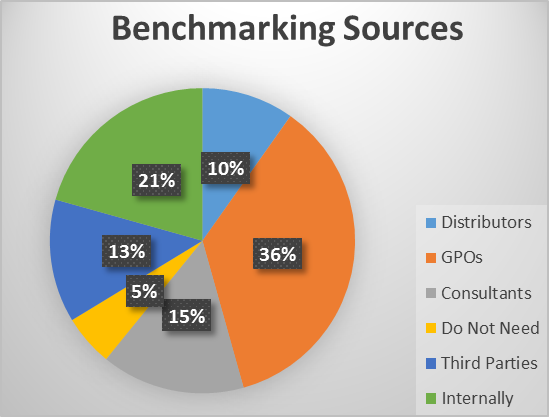Understanding the key underlying concepts to propel you forward
Value analysis has its roots in World War II, when it was necessary for manufacturers to develop alternatives to the raw materials (e.g., rubber, steel, tin, copper, nylon, etc.) they were purchasing, since they either weren’t available or were being consumed by our armed forces on land, sea and air. In 1947, a General Electric vice president named Harry Erlicher noticed that GE’s design engineers were forced, by wartime shortages, to substitute materials in their products. Often, the substitutes were as good, or even better, and at a lower cost.
This observation gave Erlicher an idea; if the practice of substituting materials with equal or better performance than the originally specified materials (and at a lower cost) could be systematized, it could be a powerful tool to lower GE’s cost without creating quality issues. He gave the job of developing a systematic, repeatable and reliable process (now known as value analysis and value engineering) to Larry Miles, who is recognized by millions of value analysis practitioners worldwide as the father of value analysis and value engineering. Here are five building blocks of world-class value analysis, which are the underlining concepts that Larry Miles conceived to help propel you forward with your own value analysis program:
1. Cost is always our enemy, we must always be on the attack: Larry Miles believed if any organizations costs were too high it could be catastrophic for its management and employees causing stress, uncertainty, loss of jobs, and relocation of families. Therefore, Larry believed that a system was required in every corporation (profit and non-profit) to effectively control their supply costs. He named that system value analysis and value engineering.
2. Every corporation needs cost coaches to improve their performance: If you are in professional sports, a business leader, or just want to improve your golf game, you hire a coach. Larry Miles applied this analogy to value analysis; if you want to have the lowest costs, you need value analysis coaches to help your organization stay competitive in the marketplace. That’s who value analysis practitioners are; cost and quality improvement coaches.
3. Value analysis is a problem-solving system: Value analysis was designed as a creative, problem-solving system to identify and then eliminate unnecessary cost, waste, and inefficiencies in an organization’s supply chain. In particular, it means “cost that provides neither quality nor use, nor life, nor appearance, nor customer features” as Larry Miles put it.
4. Value is always increased by decreasing cost and/or increasing performance (performance is what a product, service or technology is required to do to be of value): Larry believed that maximum value is probably never achieved, but you can get close to perfection if you identify, study, and then utilize the value analysis methodology to improve cost and performance.
5. Maintaining the appropriate performance at the right cost is what the concept of value is all about: It is estimated that 15% to 25% of a product, service or technology’s cost can be reduced without affecting the value to your customer. In fact, in most cases the value can be increased substantially!
These are the five tenets that Larry Miles established, encouraged and lived by as he developed and refined his award-winning value analysis system over many years. It is the foundation of “functional analysis” which is the linchpin for opening the door to massive savings and quality improvements for your healthcare organization. By incorporating these five building blocks (think mission statement) into your own value analysis program, you can make a great leap forward in proactively managing and controlling your supply chain expenses to stay competitive in this era of healthcare reform!





